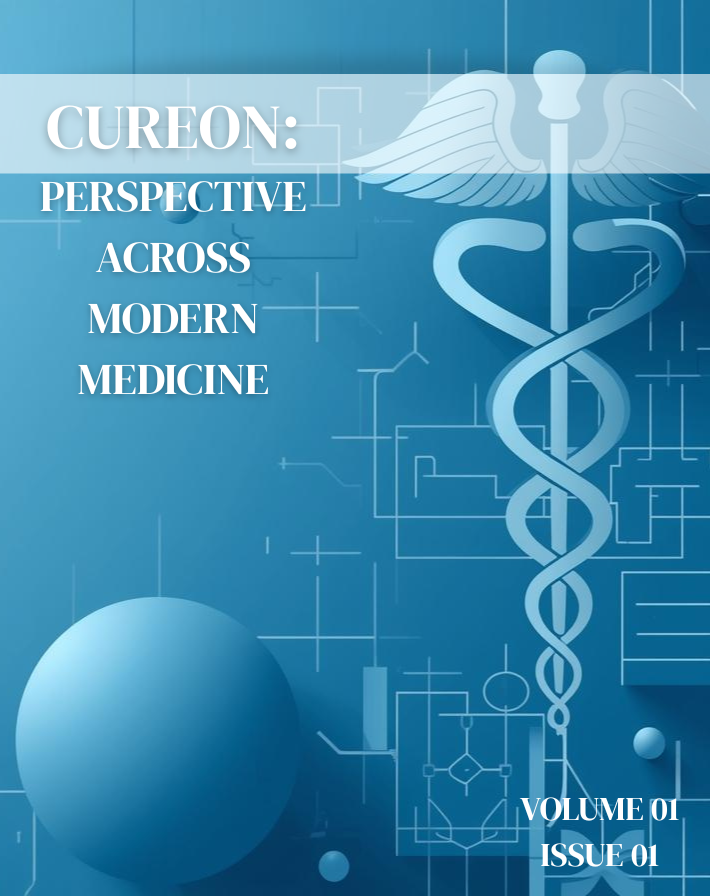Visceral Mobilization as Part of the Course Curriculum in Physiotherapy
Abstract
Physiotherapy education has evolved significantly over the past decades, transitioning from a primarily musculoskeletal and exercise-based model to a broader discipline that now encompasses cardiopulmonary rehabilitation, neurology, geriatrics, pediatrics, women’s health, and pain sciences. Yet, one important area that remains largely absent from mainstream physiotherapy curricula, particularly in South Asia, is visceral mobilization. I wish to draw attention to the necessity of introducing visceral mobilization into physiotherapy course curricula, given its clinical significance and growing evidence base.
Downloads
References
1. Bordoni B, Zanier E. Anatomic connections of the diaphragm: influence of respiration on the body system. J Multidiscip Healthc. 2013;6:281–91. https://doi.org/10.2147/JMDH.S45443
2. Faltus F, Schachinger V, Hensel S, et al. The influence of visceral therapy on musculoskeletal disorders: a systematic review of randomized controlled trials. J Bodyw Mov Ther. 2019;23(2):394–401. https://doi.org/10.1016/j.jbmt.2018.02.011
3. Castro-Sánchez AM, Matarán-Peñarrocha GA, Arroyo-Morales M, et al. Effects of myofascial release techniques on pain, physical function, and quality of life in patients with fibromyalgia: a randomized controlled trial. Clin Rehabil. 2011;25(9):800–13. https://doi.org/10.1177/0269215511399476
4. Bove GM, Chapelle SL. Visceral mobilization can augment mechanical pain sensitivity thresholds in patients with low back pain. Pain Med. 2012;13(8):1083–8. https://doi.org/10.1111/j.1526-4637.2012.01434.x
Additional Files
Published
Issue
Section
License
Copyright (c) 2025 Cureon: Perspective Across Modern Medicine

This work is licensed under a Creative Commons Attribution 4.0 International License.



